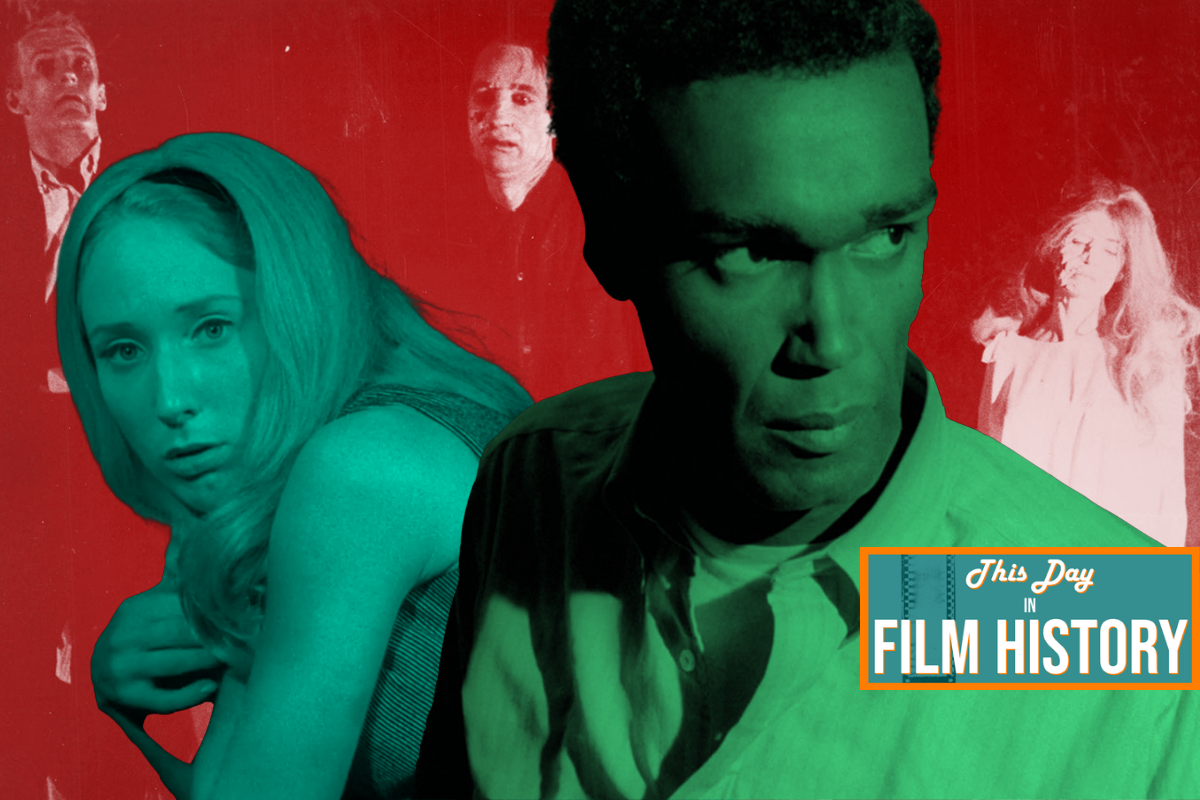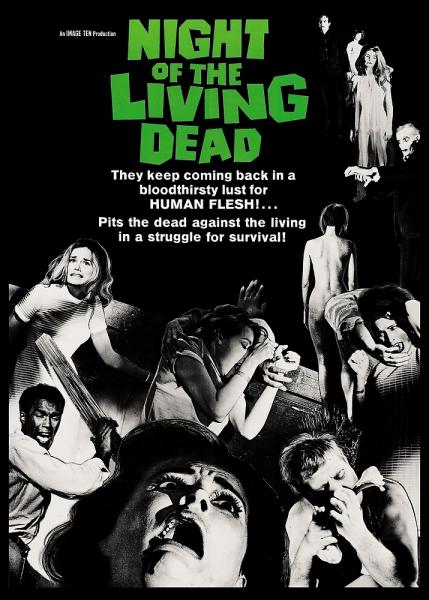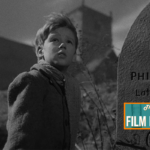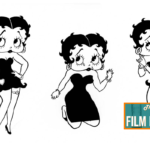
Horror films today can mean many different things, and horror has evolved in many different ways over the century(more than a century, actually,) of its existence in cinema. What is and isn’t considered scary varies from person to person, so we have many subgenres for any one person’s liking and taste. Some horror movies look closer to dramas or thrillers, some have more in common with comedies than other films in their genre. Some have even been used to convey real-life horror, social or political themes, and messages, and commentary on our world, while some have opted to focus on isolated themes, pertaining only to the fictional world being unfolded in front of the audience. There may be no rhyme or reason as to what makes a great horror movie, as we have so many different combinations of various elements that have made for some truly incredible pieces of cinema, while similar combinations have made for some serious duds or hardcore flops
But, today, I want to shine a spotlight on one of the landmark horror movies. This movie was made on a shoestring budget, with a first-time director, a cast that made waves, a controversial helping of violence and gore, and a good deal of social commentary. Come with me, as This Day in Film History’s pick for the October film spotlight shines brightly on George A. Romero’s chilling, masterful nightmare: “Night of the Living Dead.”

“Night of the Living Dead” follows Barbara, a young lady who is attacked by an undead man while placing flowers on her father’s grave. She flees the scene and hides out in a farmhouse, where she meets Ben, our main protagonist, along with Harry and Helen Cooper, and their daughter Karen, who are hiding out in the basement with young couple Tom and Judy. The movie follows their attempts to survive as hordes of living dead surround this house.

The movie was filmed on a minimal budget of $114,000, which would be roughly $848,000 today. Originally, the budget was to only be $6,000, until the production company, Image Ten, was able to raise the rest of the money needed to shoot the film.
“Night of the Living Dead” was directed by first-time director George A. Romero. The movie was written by Romero and John Russo, and was originally intended to be a horror-comedy with the working title “Monster Flick,” with aliens being the creatures rather than the living dead. Russo finished the final draft in three days, switching the focus from aliens to what Romero had referred to as “ghouls,” who were flesh-eating, recently deceased beings.
With such a small budget to work with, the production team decided to keep the cast of characters in a remote area, and, in the words of producer Karl Harman, “bring the horror to be visited on them in that spot.” For special effects, chocolate syrup was used for blood, ham was used for “consumed flesh,” and costumes were second-hand clothing, either from the crew or from Goodwill. Also, because of the restraints of the budget, Romero decided to shoot the film on 35mm black and white film.

In what was potentially a casting choice poised for controversy, the film’s lead, Ben, was played by Duane Jones. Not only was it rare for a black man to be the main character of a movie with a predominately white cast at the time, but Jones’ casting marked the first time a black man was the hero in a horror film. On the decision to cast Jones, George A. Romero had said that he had simply given the best performance in the auditions. This also was the film debut for Duane Jones, who had worked as a professor in real-life prior to acting, teaching literature at Long Island University. The cast also consisted of Judith O’Dea as Barbra, Karl Hardman (who was also a producer on the film) as Harry Cooper, Marilyn Eastman as Helen Cooper, Kyra Schon as Karen Cooper, Keith Wayne as Tom, and Judith Ridley as Judy.
“Night of the Living Dead” was released on October 1st, 1968, and the film’s premiere has gone down in history as being, well, interesting to say the least. In 1968, the MPAA rating system was not yet in place, and when the film was shown at Saturday Matinee screenings across the country, the crowds consisted of teenagers (and younger.) Roger Ebert recalls the screening he went to, seeing younger moviegoers arrive early to grab their seats.
He talks about how horror movies are usually fun, and this crowd seemed to be reacting early on as if it were fun until the characters Tom and Judy die in an explosion. “At this point,” he says in his review for the movie, “the mood of the audience seemed to change. Horror movies were fun, sure, but this was pretty strong stuff. There wasn’t a lot of screaming anymore; the place was pretty quiet.” This seemed to set the stage across the country, as there was plenty of controversies to be had at the shocking and grotesque violence shown in “Night of the Living Dead.”
Of course, any and all controversy never stopped the film from being well received. In fact, many point to the use of violence as one of the strengths of George A. Romero’s work. In the end, the film had grossed over $30 million at the box office, making it one of the most profitable horror movies in history.
This is more than just a “Little Movie That Could” success story, however. The horror genre has more than enough of those that I may even write up a list someday. No, “Night of the Living Dead” has endured because of what’s beneath the surface. The film is layered with social commentary. Even if Romero and Russo hadn’t planned on casting a black lead, this decision is and always will be brought up when discussing what makes the film relevant still today. As The Hollywood Reporter puts it: “Through Ben, “Night of the Living Dead” offers layers of commentary that have given the film a lasting appeal that it otherwise may not have had.”
Duane Jones was fully aware of what his casting had meant, and has even spoken in interviews about his viewing the events in the film as a metaphor for racial violence in the United States. Jones had an encounter with some teenagers following him after a day of shooting. “And then I looked back, one of them started brandishing a tire iron at me. And the paradox and the irony of that I had been walking around brandishing a tire iron at ghouls all day long, and there was somebody brandishing a tire iron at me from a car but in absolute seriousness. And that moment … the total surrealism of the racial nightmare of America being worse than whatever that was we were doing as a metaphor in that film lives with me to this moment.”
To me, “Night of the Living Dead” transcends what could be considered to be simply “Shock-Horror.” It manages to avoid being gratuitous or exploitative, and instead turns into something that’s contemplative, soul shatteringly bleak, heart-stopping, and, above all else, terrifying. Yes, terrifying. Not just spooky, not just providing a few cheap thrills, but terrifying. The way it speaks about the DNA of our country (whether it be our country five decades ago or our country today, you decide,) the way it holds a mirror up to humanity to try to say something while also trying to get us to be attached to these fictional characters, it’s remarkable.
The film is superbly acted, which needs to be noted considering the cast of unknowns and small budget. Even with inexperienced actors, a director who had never made a feature film, and a shoestring budget that limited the effects and film locations (along with the type of film to use,) this film doesn’t feel like it’s simply a cheap B-Movie. This is competently made, expertly handled, and clearly influential. The world of horror (and all of cinema, for that matter,) owes a lot to “Night of the Living Dead.” This is a film that will live on forever for its themes, commentary, scares, and influences.
Have you seen this masterpiece from horror legend George A. Romero? Has it aged well for you? What about the other films in Romero’s trilogy, or the rest of his filmography? Hell, let us know if there’s any sequel/remake/knockoff that managed to one-up this classic! Start a discussion, give your input, and reflect with others. That’s what we like to see, as long as it’s lively and respectful. Before you go, I wanted to let you in on something: Yes, George A. Romero crafted something that is beloved and known worldwide and has been making impacts for decades now, but you also are beloved and making waves.
That time you held the door open for someone walking into a building, the moment you gave someone a smile and asked how they were doing when you came in to work that one day, that text you sent to someone you care about and reminded them how important they were to you, and, best of all, your presence in this world. All of those things, (yes, even your existence in this world,) are making an impact, and I love that you are here. If for some reason you feel you aren’t making an impact, well, just think: you’re reading this article, you gave attention to a platform of folks who just want to talk about movies, and believe me, every time I know that someone reads my articles, I get excited. So, you just made my day a great one by reading these words, and I’m thankful beyond words. Even if you don’t make a piece of art like Romero did several decades back, you are making the biggest of impacts, and I’m proud of you. Take care of yourself, and know that you matter.








Thanks for the interesting article on the movie: “Night of the Living Dead”. I’ve always liked the older movies but sometimes they’re hard to find, especially for someone like me who doesn’t have internet service. Have a nice day!
Rebecca
November 10, 2021